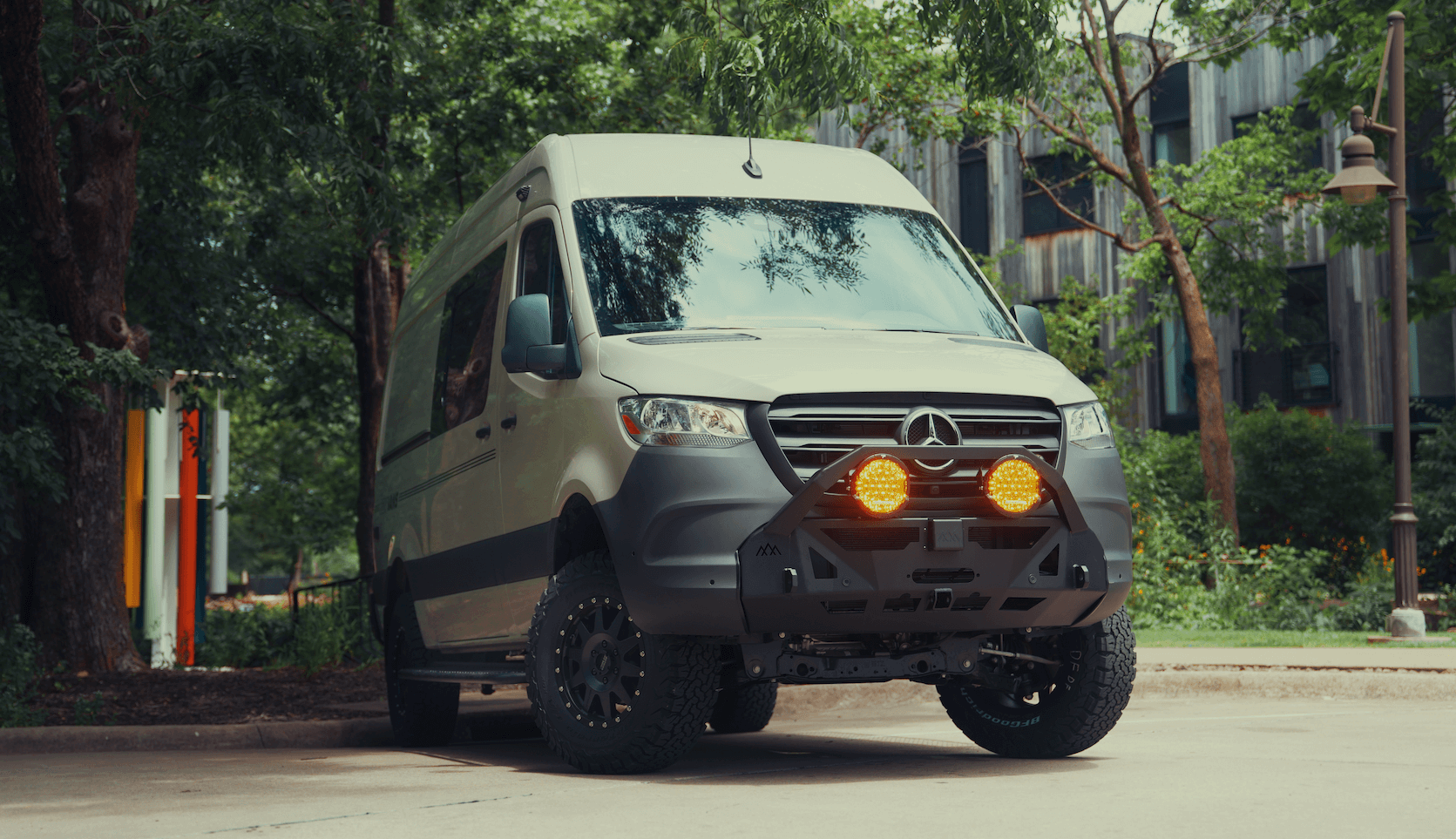Recreational Vans

Thermal window film improves comfort by managing how sunlight and radiant heat move through glass. It is a multi layered polyester or ceramic infused sheet that bonds to the interior surface of a window using pressure sensitive adhesive. By tuning how much visible light, infrared, and ultraviolet energy pass through or reflect back, film can keep interiors cooler in summer and more stable in winter without replacing the glass.
Glass is a highway for solar energy. Thermal window film narrows that highway by filtering and reflecting distinct parts of the spectrum.
Many premium films also lower surface emissivity. Low emissivity coatings reduce radiant heat exchange between the warm side and the cool side of the window, which helps on cold nights when interior heat would otherwise radiate to the glass. Together, these mechanisms can lessen temperature swings, ease the workload on heating and cooling systems, and reduce hotspots near the glass.
Performance is typically expressed with familiar metrics:
Because film changes how a window behaves, the final result depends on glass type, orientation, climate, and film selection. A south facing single pane window benefits differently than a double pane low emissivity unit on a shaded wall. For vehicles, the shape of the cabin and windshield angle also influence perceived heat.
Thermal window films vary widely in materials, appearance, and behavior. The right match balances heat control, clarity, privacy, and compliance.
When comparing film specifications, look for:
A balanced choice can deliver a bright interior with a cool touch near the glass and a noticeable drop in glare during peak sun.
Benefits include improved comfort near windows, lower perceived heat, reduced glare on screens, and furniture fade protection. Privacy oriented films can obscure views during daylight. Trade offs can include altered night visibility with very dark films, potential signal interference with some metalized films, and a reflective look that may not suit every design. For residential double pane or heat strengthened glass, use only films approved for that glass type to avoid thermal stress concerns.
Professional installation yields the best optical clarity and durability. The process includes cleaning, precise trimming, wet application, squeegee work to remove moisture, and a cure period as water dissipates through the adhesive. Expect a slight haze that clears as the film cures, typically from several days to a few weeks depending on climate. Clean with non abrasive, ammonia free solutions and soft cloths. Avoid scraping edges. Quality films carry manufacturer warranties when applied by certified installers.
Mobile cabins have unique demands. Constant sun angle changes, curved glass, and limited interior volume magnify the impact of heat and glare. Thermal window film tuned for automotive glass can:
Legal considerations vary by region and by window location. Windshield tint is often limited to a narrow visor band or to very clear high performance films. Side and rear windows usually allow more darkness, but always check local regulations before selecting visible light transmission levels. Safety glass types matter as well. Tempered and laminated automotive glass respond differently to heat buildup, so stick with films tested and rated for those substrates.
For vans used in hot climates, ceramic or spectrally selective films provide strong infrared reduction with neutral color and minimal mirror like appearance. In colder regions, a film with lower emissivity can help retain cabin warmth at night. If blackout is required for sleeping, pair the film with insulated window coverings for a layered approach that tackles conduction, convection, and radiation.
In buildings, apply similar logic. Sun facing exposures benefit from higher heat rejection, while shaded sides can use lighter films to preserve brightness. Always confirm compatibility with insulated glass and any factory low emissivity coatings. Using NFRC rated data helps set realistic expectations for energy impact.
Now, if you want this dialed into a van build rather than a one size fits all choice, that is where a specialized upfitter becomes valuable.
OZK Customs designs and builds recreational adventure vans and overland rigs where comfort and durability matter day after day. As part of a custom upfit, our team specifies thermal window film to match your route, climate, and privacy needs, then installs it alongside insulation, ventilation, and lighting for a cohesive cabin. If you are exploring complete builds, see our overview at recreational vans. For clients who want a ground up interior with materials, power, and climate planning handled end to end, our custom build van page outlines the experience. Interested in finance friendly platforms before the upfit begins Consider our mainstream vans to start with the right base vehicle.
A film only decision misses the bigger picture. The best results come when glass performance, ventilation, shade strategy, and interior finishes all work together. That is the advantage of having one shop coordinate the lot.
Contact us and we will translate specs into seat of the pants comfort you can feel on the road.
Tell us how you travel, the climates you cross, and the cabin feel you want. We will select and install thermal window film as part of a thoughtfully engineered van upfit that keeps your rig comfortable, quiet, and trip ready.
Ready to dial in temperature control, privacy, and glare reduction in your next adventure van Build with OZK Customs and get film selected, installed, and tuned to your use case. Fill out the form and let us spec the right thermal window film as part of your custom upfit.
ADDRESS:
6159 E Huntsville Rd, Fayetteville, AR 72701
PHONE:
(479) 326-9200
EMAIL:
info@ozkvans.com